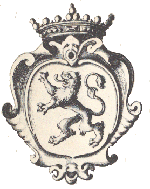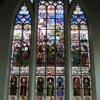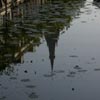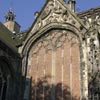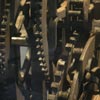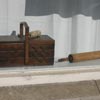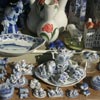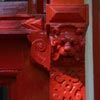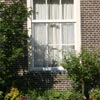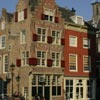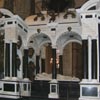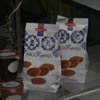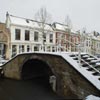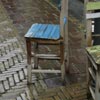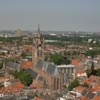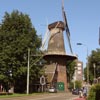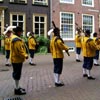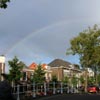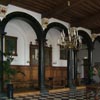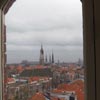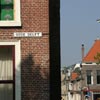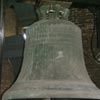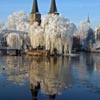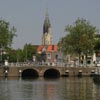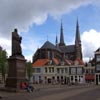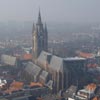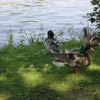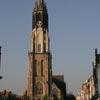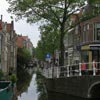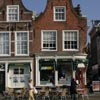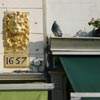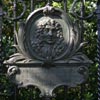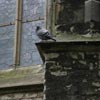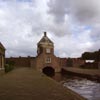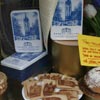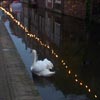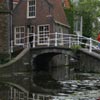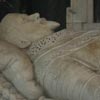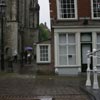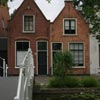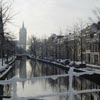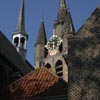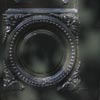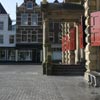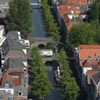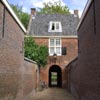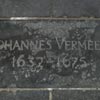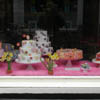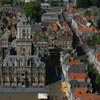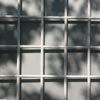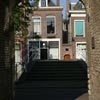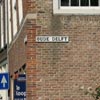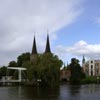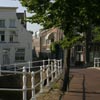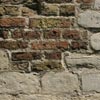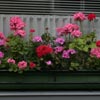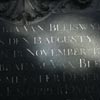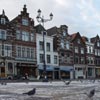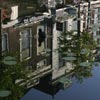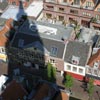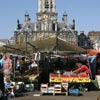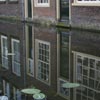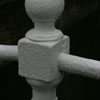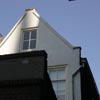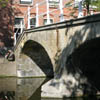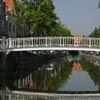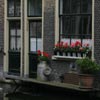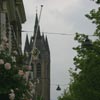MUSEUM PRINSENHOF
The Museum Prinsenhof of Delft, established in 1911, offers a unique opportunity to explore the history of the Netherlands, Delft and delftware. The museum is housed in a building of great historical importance, the site of some of the most dramatic and consequential events of Dutch history. It was once the court of William of Orange, the Father of the Dutch Nation. In the museum you will also discover the role the citizens of Delft played in the history of the Netherlands and how delftware became the global brand it is today. The building is an urban palace built in the Middle Ages as a monastery. Later it served as a residence for William the Silent. William was murdered in the Prinsenhof in 1584; the holes in the wall made by the bullets at the main stairs are still visible.
address: Sint Agathaplein 1, 2611 HR Delft
opening hours:
September 1, 2018–28 February 2019:
Tuesday–Sunday from 11 a.m.–5 p.m.
during school holidays:
Monday - Sunday from 11 a.m.–5 p.m.
closed on King's Day (27 April), Christmas Day and New Year's Day
VERMEER CENTRUM DELFT
The Vermeer Centrum Delft is a volunteer-run organization that provides information about Vermeer, demonstrates his painting techniques and exhibits reproductions of his works. It also has a shop that sells Vermeer-related objects. The Vermeer Centrum Delft is an organization that is completely run by more than eighty enthusiastic volunteers. The Centrum is located on the historical spot of the former St. Lucas Guild, where Vermeer was head of the painters.
address:
Voldersgracht 21, Delft
openings times:
opened daily from 10 a.m.–5 pm.
open on 24 and 31 December from 10 a.m.–4 p.m.
open on 26 December and 1 January from 12 a.m.–5 p.m.
closed on 25 December
Free guided tours on Friday and Sunday
Friday at 11:30 a.m. (Dutch)
Sunday at 10:30 a.m. (English)
Sunday 12 a.m. (Dutch)
The shop and Café Mechelen have the same opening times.
OUDE & NIEUWE KERK
For information on opening time and tickets, click here.
GENERAL & FLOWER MARKETS
The main market in Delft, in Dutch, de Markt, draw visitors from both afar and from the neighboring cities like The Hague and Rotterdam. It is located between City Hall and the spectacular Nieuwe Kerk and is open on Thursday. Jumbled together some 150 stalls are sell cheese, fish, vegetables, bread, nuts and other food, can be purchased as well as clothing, bicycle accessories and electronic gadgets. Around the market, pubs and open-air terraces afford excellent places to rest and have a cup of coffee.
The flower market takes place on the Brabantse Turfmarkt, a five-minute walk from the general market. This piece of Delft boasts dozens of flower merchants and thousands of flowers. On Saturdays the location hosts a smaller version of the general market with some 50 stalls.
Also interesting is the weekly art and antiques market frequented by tourists who want to enjoy the beautiful city and hunt for good deals. The antiques and vintage market is open on Thursdays and Saturdays from April through October. On Thursdays it is located along the canal in the street known as Hippolytusbuurt. On Saturdays the market is bigger and includes a book market. It sprawls along the Voldersgracht and the canals in the Hippolytusbuurt and Wijnhaven.
